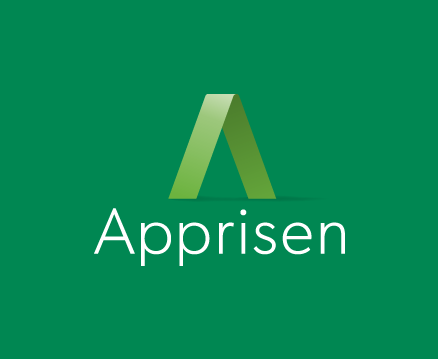Go to your app store and search “budget”. You’ll find a nearly unlimited list of apps that want to help with management, investing and or saving money. The list is ever changing, and they are in high demand. Those of the younger set don’t have time for sit down appointments or even scheduled phone calls. Frankly, I don’t blame them. They want video conferences and apps to help them navigate and control their finances. Here are five financial apps and tools to help you manage your money
1. Mint
The OG of financial apps is Mint. It launched in 2006 when Prince and the Dixie Chicks where still listed on the top 100! Intuit purchased them for $170 million a few years later and they are the top of the personal finance pyramid. First, it’s free! Mint does a good job of allowing you to budget and track your expenses. It allows you to set and manage your financial goals and it has a free credit score option. These are very handy features in a free app. The biggest negative is that it is owned by Inuit. Because they also own Turbo Tax, Intuit lobbies the federal government hard with large dollar figured to keep taxes complex and need of their services in demand. The other downside is giving up your personal information including passwords to bank and credit accounts. More on that later. This app is listed first because it is free, but it does seem to be on a downward trend with more than a few complaining about technical issues.
2. You Need A Budget (YNAB)
YNAB or You Need A Budget is constantly on the top of most financial app lists. The reason is simple: it’s the best budgeting tool out there. It allows you to set goals and holds you to them. That means it requires you to be hands on and manage your money so that you don’t overspend in your categories. It makes it seem you are living off cash even though you are not. The negative is that it will cost you $83.99 a year or $6.99 a month to purchase. There is a 34-day free trial, however, so you can try it before you buy it.
3. Apprisen
Apprisen also makes my list. Successful budgeting requires that you be hands on. An app isn’t going to make you good at budgeting. Apps are not magic. All the tools you need to avoid being a budgeting chump and graduate to being a budgeting champ are located right here. Are you looking for more support in budgeting and saving? Let us help you create a Financial Health Plan. This financial deep dive helps you achieve your financial goals while developing better spending habits and behaviors to boost your financial health and wealth. Learn more about our Financial Health Plan.
4. Acorn For Savings
Acorn for savings. You’ve got the budget under control, but you’d like a brainless way to save. Acorn is certainly brainless! Acorn simply rounds up your purchases and automatically invests your money into Exchange Trade Funds or ETFs. The app is free for students but if you are stuck in the “real world” like me, it will cost you $1 to $3 depending on the level you choose to purchase.
5. Your Bank or Credit Union
Your bank or credit union may be the best financial tool of all! I currently have two banks. Both banks have online banking with bill pay. I wonder if there are any banks or credit unions that don’t have that available this day and age? Both of my banks also have very good budgeting and tracking tools available to use for free. I like these options because they already have access to most of my financial account information anyway, so it is one stop shopping. Also, I am regularly on my bank’s apps and websites so why not use them. I predict that you’ll see this trend in banking grow to the point where the best financial tools will be located right where you bank. Soon your bank may be able to do all the budgeting and tracking that Mint currently is doing. I think this is a very important and positive development in money management.
Share this article


